Christianity as a religious structure rests upon two fundamentally different and directly hostile “views of existence”: upon Jewish historical faith and upon Indo-European symbolical and metaphysical mythology. The kernel of the Christian religion is the conception of “redemption of man”: this idea has always been and still is strange to the Jews; it absolutely contradicts their whole conception of religion. On the other hand, it is the central idea in all Indo-European religious views; they all revolve around the longing for redemption; the hope of salvation; nor was this idea of redemption strange to the Hellenes; we find it in their mysteries, and in Plato, in the 7th book of the “Republic”, it is clearly recognizable. The idea of redemption embraces two others; that of a present imperfection and that of a possible perfection by some supernatural or transcendental process: the one is symbolized by the myth of degeneration (See, O.Spengler, The Decline of the West), the other by that of gracious help bestowed by a higher Being. The Carirarka-Mimansa considers all living beings as “in need of redemption.” I. Newton, as a member of the British privileged class was enthralled by the Ario-Christianity and its aristocratic principle of nature.
A. Hitler wrote in Mein Kampf: “Due to his own original special nature, the Jew cannot possess a religious institution, if for no other reason because he lacks idealism in any form, and hence belief in a hereafter is absolutely foreign to him. And a religion in the Aryan sense cannot be imagined which lacks the conviction of survival after death in some form. Indeed, the Talmud is not a book to prepare a man for the hereafter, but only for a practical and profitable life in this world.” Well, I guess that the CEO's who work day and night to maximize profits of their companies read the Talmud like the priests read their breviaries.
In a now famous passage from De Gravitatione,Newton wrote: “Space is an affection of a being just as a being. No being exists or can exist which is not related to space in some way. God is everywhere, created minds are somewhere, and body is the space that it occupies; and whatever is neither everywhere nor anywhere does not exist. And hence it follows that space is an emanative effect of the first existing being, for if any being whatsoever is posited, space is posited...If ever space had not existed, God at that time would have been nowhere” (Janiak, A. Newton: Philosophical Writings,Cambridge University Press. 2004, 25). Is space an emanative effect of the first existing being or rather is the first existing being an emanative effect of space. This contradiction was never resolved by Newton.
To the kabbalists, Space is “the unknown container of all, the Unknown First Cause.” The Zohar teaches that the primordial elements – the trinity of Fire, Air and Water – the four cardinal points, and all the forces of nature form collectively the Voice of the Will (Memrah) or the “Word”, the Logos of the Absolute Silent All. The indivisible point, limitless and unknowable” (like that of Big Bang) spreads itself over the endless space, and thus forms a veil which conceals this Absolute point.
Philo wrote: “The Chaldeans were of the opinion that the Kosmos, among the things that exist, is a single point, either being itself God or that it is God, comprehending the soul of all things (Migration of Abraham, 32)
The Puranas insist on the identity of Vishnu with Time and Space. And Vishnu, like Chuang Tzu's absolute Tao, is a kind of absolute void (Shunyata). The Jewish Pythagoreans or kabbalists, or Essenes recognized numbers as prima materia. Their “Genesis” proclaimed: In the beginning nothing (zero) blew up. Amen! In the Hindu philosophical speculations nothing turns into something. A modern Israeli poet in one of his poems wrote a line about “time siring bats in the heart of caves.”
Newton asserted: “Each particle (!) of space is eternal, each indivisible moment of duration is everywhere.” (Principia III, 42). To express what is now called pantheism, Virgil writes, “All things are full of Jupiter.” No doubt Newton was inspired by another native of Grantham, one of the Cambridge Platonists Henry More who elaborated a philosophy of spirit which explained all the phenomena of mind and of the physical world as the activity of spiritual substance controlling inert matter. More conceived of both spirit and matter as spatially extended, but defined spiritual substance as the obverse of material extension: where body is inert and solid, but divisible; spirit is active and penetrable, but indivisible.
As an example of not-material extension he proposed space, within which material extension is contained. He went on to argue space is infinite. More also argued that God who is an infinite spirit is an extended being. There are, therefore, conceptual parallels between the idea of God and the idea of space, a view which he elaborated in Enchiridion metaphysicum, where he argues that the properties of space are analogous to the attributes of God (infinity, immateriality, immobility etc). H. More was a Cambridge Yogi.
The Hindu religious dogma proclaimed, “All beings are of the same substance, they end by absorption into the bosom of the absolute being (Brahma), which is the metaphysical bond (gravity) of the universe” This Aryan dogma became the base of all European theories of emanationism. According to Plotinus, the first emanation is Logos. It is the unity of forms. When it is radiated forth, its separation from its source produces a turning back or yearning from its source. This yearning is encountered in the neoplatonic interpretation of the Eros or the love for the source of existence (Recall the Source in the series Charmed), which leads everything back to its ultimate origin. Big Bang's contraction will bring us back to Nirvana. The Germans translate Nirvana as Nullpunkt (null point)
Josephus (Antiquitates, XIII) tells us that the Essenes (Jewish Pythagoreans or the Jewish Buddhists, presently called Bu-Jews) held the souls to be immortal: according to them souls descended into bodies, in aerial form, from the highest region of the air (called aether); they are carried back there by a violent attraction.
In the paper entitled De Aere et Aethere Newton wrote: “Just as bodies of this earth by breaking into small particles are converted into air, so these particles can be broken into lesser ones by some violent action and converted into yet more subtle air which, if it is subtle enough to penetrate the pores of the glass, crystal and other terrestrial bodies, we may call spirit of the air, or the ether. The incorporeal ether which facilitates gravitation is actually the body or spiritual form of Jesus Christ,” in the Seneca words “ab aethere lucidissimo ... in terram usque diffusus est.” In the Newtonian physics the difference between matter and spirit is that of degree of condensation. The Jesus-Gravity attracts, obviously, rather in virtue of the substance than of weight. In other words the force of attraction of a planet does not depend on its mass.
The 1997 Luc Besson movie, The Fifth Element, inspired by Newton's identification of gravity with the spiritual body of Christ portrayed the perfect being (played by Milla Jovovich) as a fifth element (quintessence or aether), whose powers were awakened by Love.
Long before Newton, philosopher Anaximander proclaimed similar dogma, “The heavenly bodies have come into being from earth, because mist rose from the earth and was rarified and produced fire (ether), and the heavenly bodies are composed of fire when it is afloat.” Heraclitus had a lofty vision of Fire when he described it as the basic stuff the world is made of, meaning “the purest and brightest sort that is as of the eternal and divine thunderbolt.” That's why two thunderbolts became the symbol of the Nazi SS. The unrepentant French author who converted to Buddhism and wrote under the pen name Savitri Devi put the following dedication on her book The Lightning and the Sun: “To the god-like Individual of our Times, the Man against Time, the greatest European of all times, both Sun and Lightning.” (www.gnosticliberationfront.com/lightning_and_the_sun%20book.htm)
In Opticks Newton wrote: “I do not know what this Aether is,” but that if it consists of particles then they must be “exceedingly smaller than those of Air, or even those of Light: The exceeding smallness of its Particles may contribute to the greatness of the force by which those Particles may recede from one another, and thereby make that Medium exceedingly more rare and elastick than Air, and by consequence exceedingly less able to resist the motions of Projectiles, and exceedingly more able to press upon great Bodies, by endeavoring to expand itself. In this passage Newton speaks almost like Descartes whose idea of gravity was not expressed by 'attraction' but by 'pressing'.
But what is more interesting here is the historical background of his identification of aether with spiritual body or form of Jesus Christ. The word aether is derived from the Greek αίθήρ, from a root meaning to kindle, burn, or shine.. It was believed to be the substance filling the upper regions of space.
According to Hindu teaching, Deity in the shape of Aether (Akasa) pervades all things and it (!) was called therefore “the living fire,” the “Spirit of Light,” and sometimes Magnes. It was the highest Deity itself which, according to Plato, built the Universe in the geometrical form of the dodecahedron; and its “first begotten” was born of Chaos and Primordial Light (the Central Sun). This “First-Born,” however, was only the aggregate of the host of the “Builders,” the first constructive forces, who are called in ancient Cosmogonies the Ancients and the “First Point.” Therefore Aether is also considered “the immortal gods who gave birth and life to all.”
The ancient Vedic seers described the original creative process as “the churning of the milky ocean” Maxwell wrote in Encyclopedia Britannica: “Aethers were invented for the planets to swim, to constitute electric atmospheres and magnetic affluvia...Accordingly, it was believed that aether had to be a fluid in order to fill space whereby fields of subtle substance became condensed into gross matter a view that is now widely accepted today in energy-field physics research.” This “churning” is represented geometrically in Tantric ritual as a four armed cross within a circle and the cross is meant to be imagined as oscillating backwards and forwards as in a churning motion.
Later Stoic philosophers “demythologized” the old myths and reinterpreted the gods themselves as personifications of the natural universe (i.e. matter. Hera represents the air, Zeus the lightning and thunder (i.e. fire) and so on. The Stoic philosophy based on material pneuma, and fiery substance providing rationality is nothing but a European variant of Buddhism.
In Buddhism consciousness shares the qualities of the fifth element, space. Like space, it is the subtlest of the five and pervades them all. It is the first and the last, their source and their culmination. Consciousness is luminous like aureoles around Saints' heads. In essence, it is the Buddha Viarochana, the Illuminator. He embodies the knowledge of totality, the all-encompassing dimension of truth, the sphere of all phenomena as they really are. Awareness expands into infinity, no longer self-centered, because the distinction between subject and object is transcended.
Consider the following story about the Chinese Zen master Hogen. To the question “What is Buddha?” one of the disciples responded “Hei-tei-dji Rai-gu-ka” (“the deity of fire seeks fire”). The Stoics were like the Buddist “jamad-agni”, or those who knew the identity of god and fire. In Stoic philosophy human souls are rational seeds of God (Logos, Zeus, Creative fire) and the conflagration is the event in which all souls return to the pure substance of creative fire (pur technikon), Zeus, which is totally in the spirit of the Hindu religious dogma: “All beings are of the same substance, they end by absorption into the bosom of the absolute Being, which is the metaphysical bond (gravity) of the universe.
The Christ expressed the basic Stoic belief in his phrase: “I am come to send fire (i.e. rational seeds of logos, logos spermatikos) on the earth...(Lk 12:49). We remember that the Pentecostal tongues of fire that sat on Apostle's heads are considered as the true beginning of Christianity, the reign of the Holy Spirit.
It is the same pantheism which inspired the words of John the Baptist: “I baptize with water, but one who is much greater than I is coming…He will baptize you with the Holy Spirit and fire.” According to the New Roman catechism “fire” symbolizes the transforming energy of the Holy Spirit, the same fire which Paul urged the Thessalonians not to extinguish (cp. The undying fire of the Vestal Virgins) – for it is none other than the Holy Spirit Himself (# 696).
J. Goethe vs. I. Newton
In Goethe's play Faust Part 2, set in classical Greece, the philosophers Thales and Anaxagoras debate the relative power of Water and Fire. Goethe clearly sides with Thales' non-violent Water and Anaxagoras, the more violently-inclined proponent of Fire, fond of volcanic eruptions, suffers defeat. Today the aether is regarded as a superseded scientific theory.
We have two contradictory sources regarding John the Baptist's death. According to canonical Gospels John the Baptist was beheaded because he dared condemn Herod's marriage to Herodias, the wife of Herod's brother Philip (Luke 3:19; Matthew 14:3-5; Mk 6:24, 27).
But Josephus Flavius in his Jewish Antiquities stated that Herod killed John to preempt a possible uprising: “Herod feared lest the great influence John had over the people might put it into his power and inclination to raise a rebellion, (For they seemed ready to do any thing he should advise).” Unlike Jesus, John the Baptist would not advise his fellow Jews to “render unto Caesar...”
From the Royal Budget for Jesus
“And it came to pass afterward, that he went throughout every city and village, preaching and shewing the glad tidings of the kingdom of God: and the twelve were with him. And certain women, which had been healed of evil spirits and infirmities, Mary called Magdalene, out of whom went seven devils, and Joanna the wife of Chuza Herod’s steward (Chuza was King Herod’s business manager and was in charge of his palace and domestic affairs), and Susanna, and many others, who gave him of their wealth for his needs. “ (Mark. 8:1-3)
The book of Acts portrays the disciples of John as eventually merging into the followers of Jesus (Acts 18:24- 19: 6), a development not reported by the Gospels except for the early case of Andrew, Simon Peter's brother (John 1:35-42)
Interestingly, for Mandaeans, a tiny Christian sect living to this day in southern Iraq and Iran, John the Baptist called Yahya is a divine prophet but Jesus is a false prophet.
The Chugu-ji temple at Nara, Japan, contains a contoured wooden image about 4 feet 3 inches in height, dating from 650 AD, now generally identified as a representation of Maitreya (Miroku in Japanes), “The Buddha of the Future.” On a disk-shaped halo behind his head cloven tongues of fire are clearly recognizable.
Friday, April 18, 2008
Subscribe to:
Post Comments (Atom)



















































































































































































































































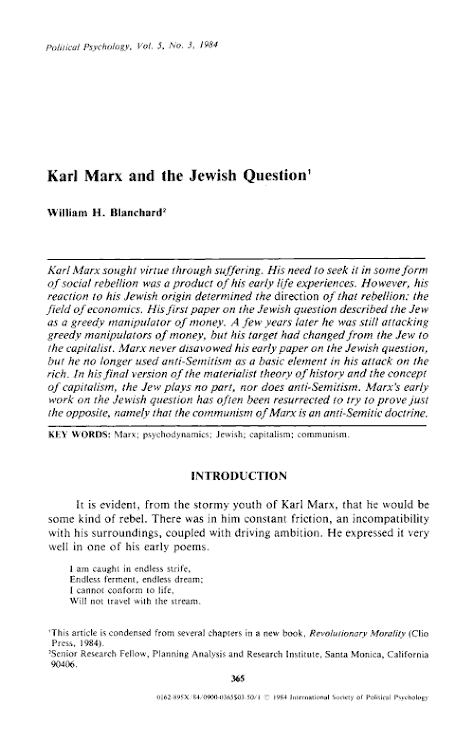











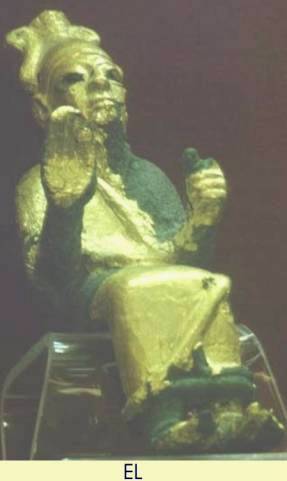

































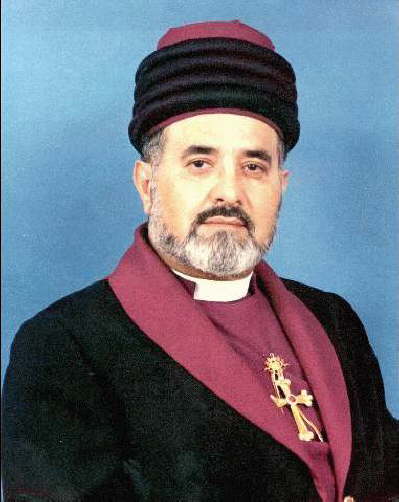+Anniversay+Dinner.jpg)





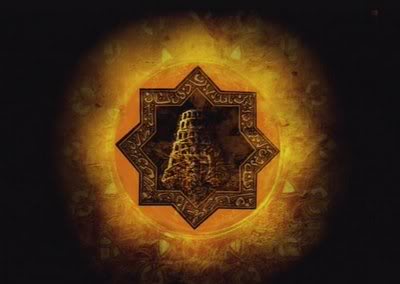





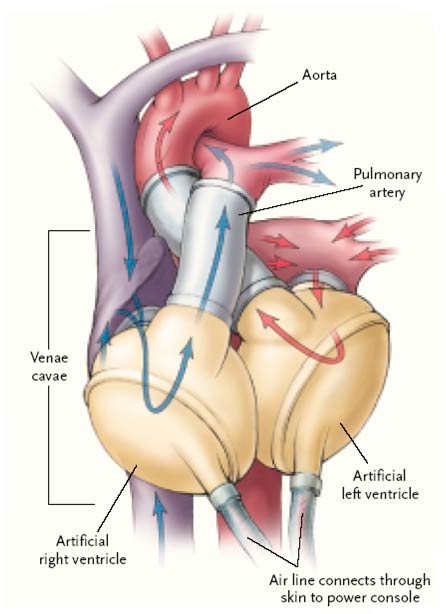



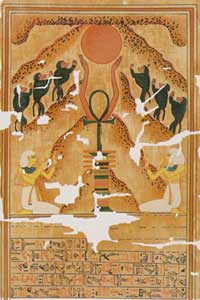








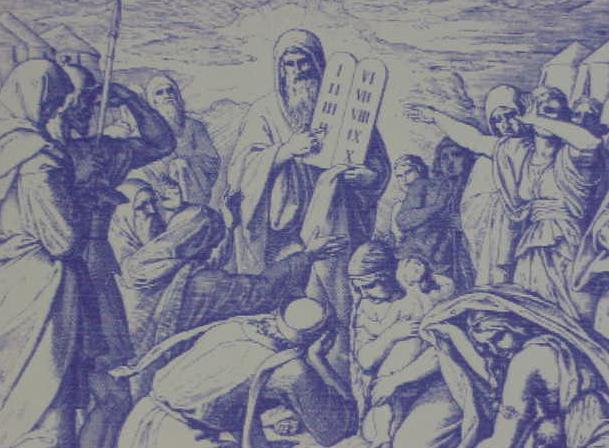
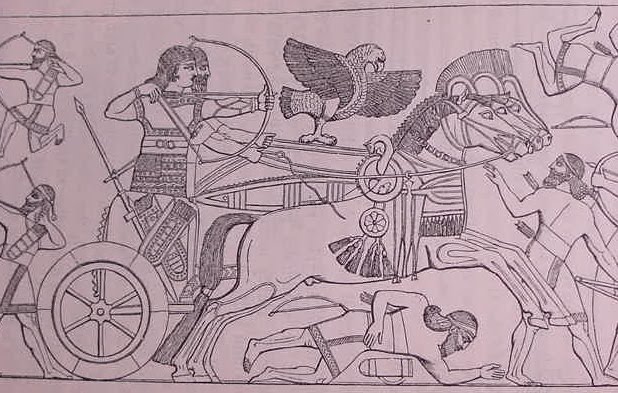
























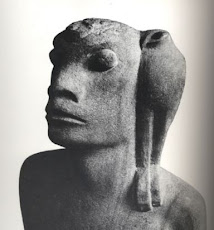












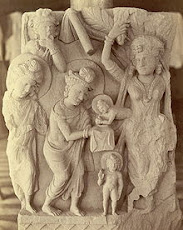



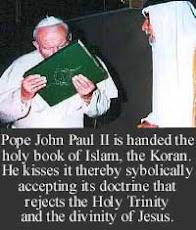























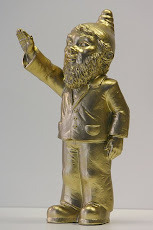









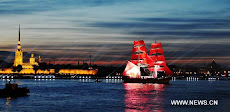


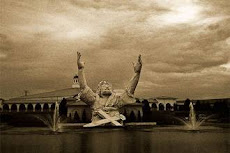














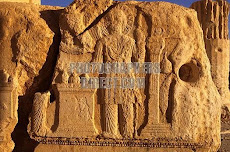


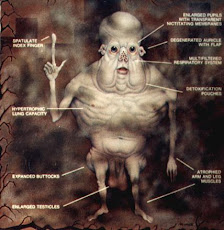






















No comments:
Post a Comment